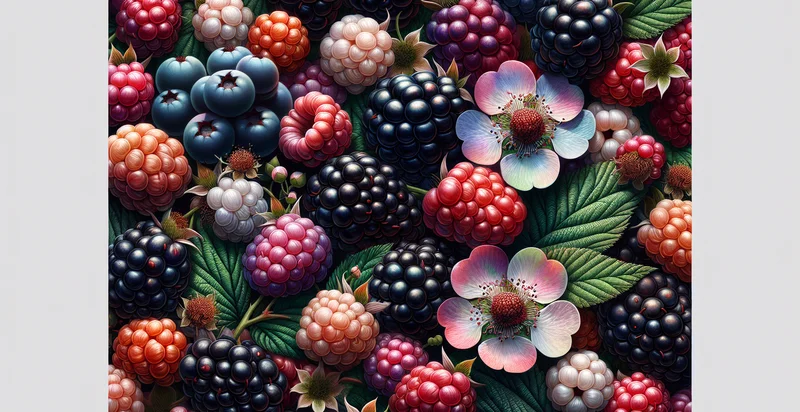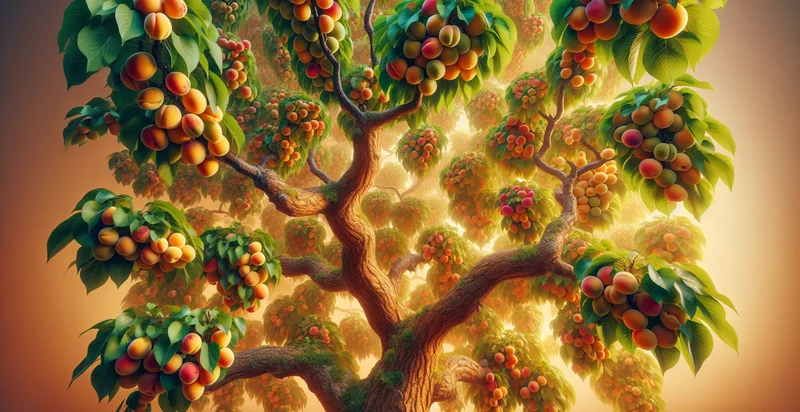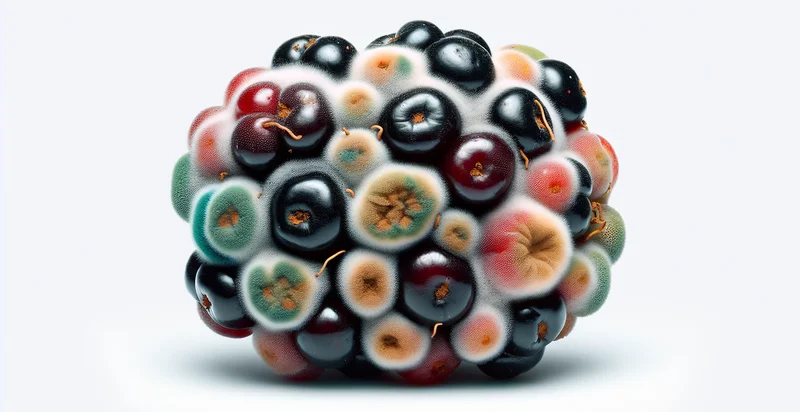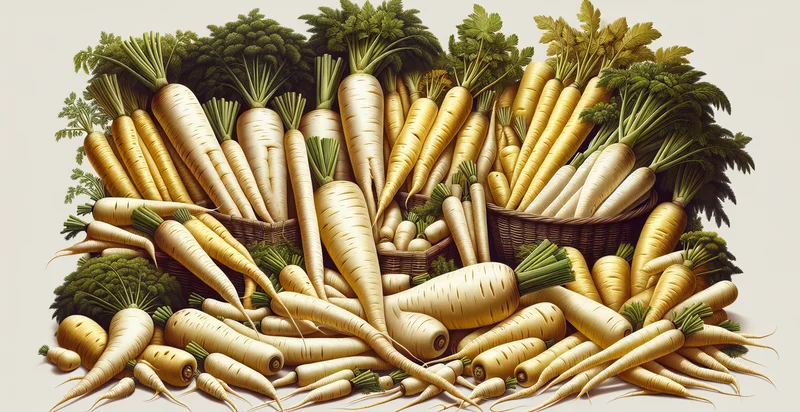Identify blackberry species
using AI
Below is a free classifier to identify blackberry species. Just upload your image, and our AI will predict what species of blackberry it is - in just seconds.

Contact us for API access
Or, use Nyckel to build highly-accurate custom classifiers in just minutes. No PhD required.
Get started
import nyckel
credentials = nyckel.Credentials("YOUR_CLIENT_ID", "YOUR_CLIENT_SECRET")
nyckel.invoke("blackberry-species", "your_image_url", credentials)
fetch('https://www.nyckel.com/v1/functions/blackberry-species/invoke', {
method: 'POST',
headers: {
'Authorization': 'Bearer ' + 'YOUR_BEARER_TOKEN',
'Content-Type': 'application/json',
},
body: JSON.stringify(
{"data": "your_image_url"}
)
})
.then(response => response.json())
.then(data => console.log(data));
curl -X POST \
-H "Content-Type: application/json" \
-H "Authorization: Bearer YOUR_BEARER_TOKEN" \
-d '{"data": "your_image_url"}' \
https://www.nyckel.com/v1/functions/blackberry-species/invoke
How this classifier works
To start, upload your image. Our AI tool will then predict what species of blackberry it is.
This pretrained image model uses a Nyckel-created dataset and has 13 labels, including Blackberry Species, Rubus Allegheniensis, Rubus Bramble, Rubus Caesius, Rubus Canadensis, Rubus Errans, Rubus Fruticosus, Rubus Laciniatus, Rubus Odoratus and Rubus Parviflorus.
We'll also show a confidence score (the higher the number, the more confident the AI model is around what species of blackberry it is).
Whether you're just curious or building blackberry species detection into your application, we hope our classifier proves helpful.
Related Classifiers
Need to identify blackberry species at scale?
Get API or Zapier access to this classifier for free. It's perfect for:
- Agricultural Research: Researchers can utilize the blackberry species identifier to study genetic variations among different blackberry species. By understanding the differences, they can enhance agricultural practices and develop more resilient and productive blackberry plants.
- Crop Management: Farmers can integrate the classification function into their crop management systems to identify and differentiate blackberry species in their fields. This allows for more targeted pest control and optimized growth strategies tailored to each species' specific needs.
- Ecological Monitoring: Environmental organizations can employ the species identifier to monitor blackberry populations in various ecosystems. By tracking species distribution and health, they can assess the impact of environmental changes and inform conservation efforts.
- Food Industry Quality Control: Companies in the food industry can leverage the identifier to ensure the quality and authenticity of blackberries used in products. By verifying species, they can maintain quality standards and prevent adulteration, thus safeguarding their brand reputation.
- Pharmaceutical Research: The identification function can aid pharmaceutical companies in sourcing specific blackberry species known for their unique medicinal properties. This ensures the correct species is used in developing health products, enhancing efficacy and safety.
- Online Retail Platforms: E-commerce platforms can implement the classification tool to enhance their product listings and provide accurate descriptions for various blackberry species. This feature can improve customer satisfaction by helping buyers select the right type of blackberry for their culinary needs.
- Education and Training: Educational institutions can integrate the species identifier into their biology and agriculture curriculums. By providing students with hands-on experience in plant identification, they can foster deeper understanding and appreciation for biodiversity and agriculture.


